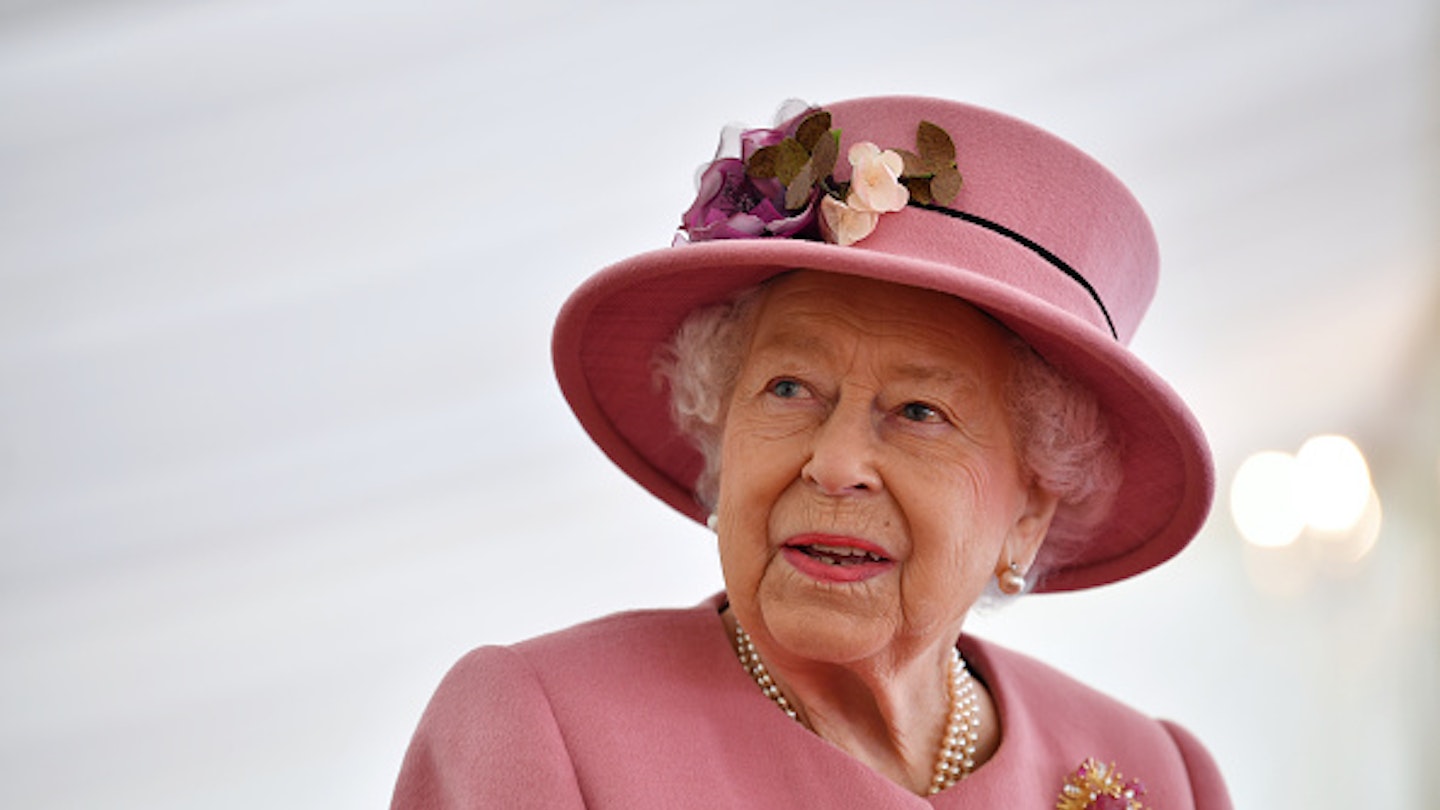The Queen's funeral takes place today, with the public wondering 'Where will the Queen be buried?' according to Google Trends. As we reflect on the last few weeks of mourning, here are the details about the Queen's funeral people are searching for.
What happened after the Queen died?
Two days after the Queen’s death, her coffin left Balmoral to be taken to the Palace of Holyrood house. The following day, a ceremonial procession from Holyrood took place along the Royal Mile to St Giles’ Cathedral for a service attended by members of the royal family.
Where did the Queen lying in state?
After that service, St Giles’s Cathedral opened for 24 hours for a period of lying at rest. The coffin was then moved to Edinburgh Waverley station, travelling overnight to arrive at St Pancras station in London the next morning.
Five days after the Queen’s death, the coffin arrived at Buckingham Palace ahead of a ceremonial planned in London during which the Queen’s coffin was borne from Buckingham Palace to Westminster Hall for the beginning of four days lying in state. In that time, the public are able to view the Queen's coffin and pay their respects - with queues expected to be as long as 22 hours.
What is lying in state?
Lying in state is an opportunity for the public to pay their respects to the Queen, where her coffin is raised on a platform, called a catafalque, in the middle of Westminster Hall, which will be open to the public for 23 hours a day. The last member of the Royal Family to lie in state in Westminster Hall was the Queen Mother in 2002, during which time more than 200,000 people queued to view her coffin.

What time was the Queen’s funeral?
The Queen’s funeral is on Monday the 19th September at 11am.
Where was the Queen's funeral?
A state funeral for the Queen will be held at Westminster Abbey. The coffin will be borne from Westminster Hall in a procession to the abbey and there will then be two minutes’ silence across Britain. The funeral service is expected to be one-hour.
Will there be a procession after the Queen’s funeral?
Yes, a large ceremonial procession will accompany the coffin to Hyde Park after the funeral, where it will be transferred from gun carriage to state hearse and travel to Windsor.
Where will the Queen be buried?
After the procession through Windsor, there will be a committal service at St George’s Chapel, Windsor Castle, during which the coffin will be lowered into the royal vault.
Who attended the Queen’s funeral?
As well as the Royal Family, 2,000 guests are specifically invited to attend the funeral at Westminster Abbey. The public cannot attend but can go to The Mall from Westminster Abbey as the bollards will be removed to make space for well-wishers.
Heads of state from around the world will also be flying in to join members of the Royal Family, senior UK politicians and former prime ministers will also be there. US President Joe Biden and the prime ministers of Australia, Canada and New Zealand are confirmed to attend, as well as Irish Taoiseach Micheal Martin and European Commission President Ursula von der Leyen.
Also in attendance are royal families from across Europe, many of whom were blood relatives of the Queen. Belgium's King Philippe and Queen Mathilde and Spain's King Felipe and Queen Letizia are among those who have confirmed they will be there.
Who conducted the Queen's funeral service?
The service is thought to be conducted by the Dean of Westminster David Hoyle, with the Archbishop of Canterbury Justin Welby giving the sermon. Prime Minister Liz Truss will also read a lesson.
What is a state funeral?
As more information about the Queen's funeral comes to light, some are keen to know more about the actual protocols involved in burying royal family members. 'What is a state funeral uk?' for example is a breakout search term on Google, as well as 'Did Princess Diana have a state funeral?' (FYI, Diana did not have a state funeral, her service was a royal ceremonial funeral that included royal pageantry and Anglican funeral liturgy.)
A state funeral is defined as 'a public funeral ceremony, observing the strict rules of protocol, held to honour people of national significance'. In the UK, they are reserved for monarchs and a head of state is always entitled to one.
State funerals are delivered by the Earl Marshal with the support of the College of Arms, and typically begin with the coffin carrying the deceased being carried on a gun carriage, which is drawn by sailors from the Royal Navy as part of a military procession, taking the coffin from a private resting chapel to Westminster Hall. For heads of state, the funeral will also involve a 21-gun salute.
